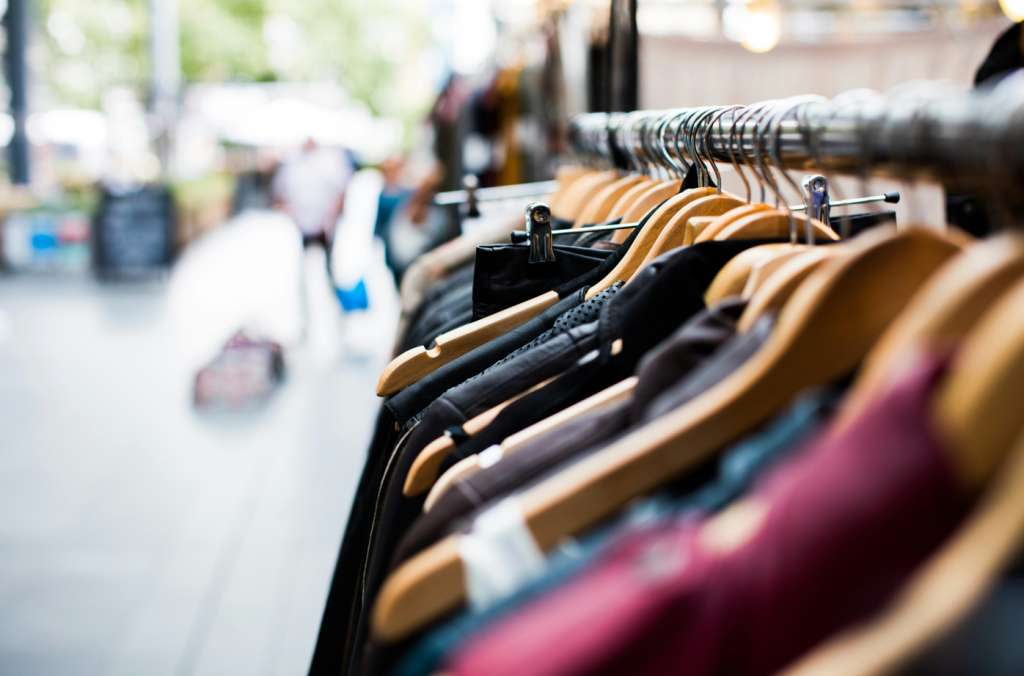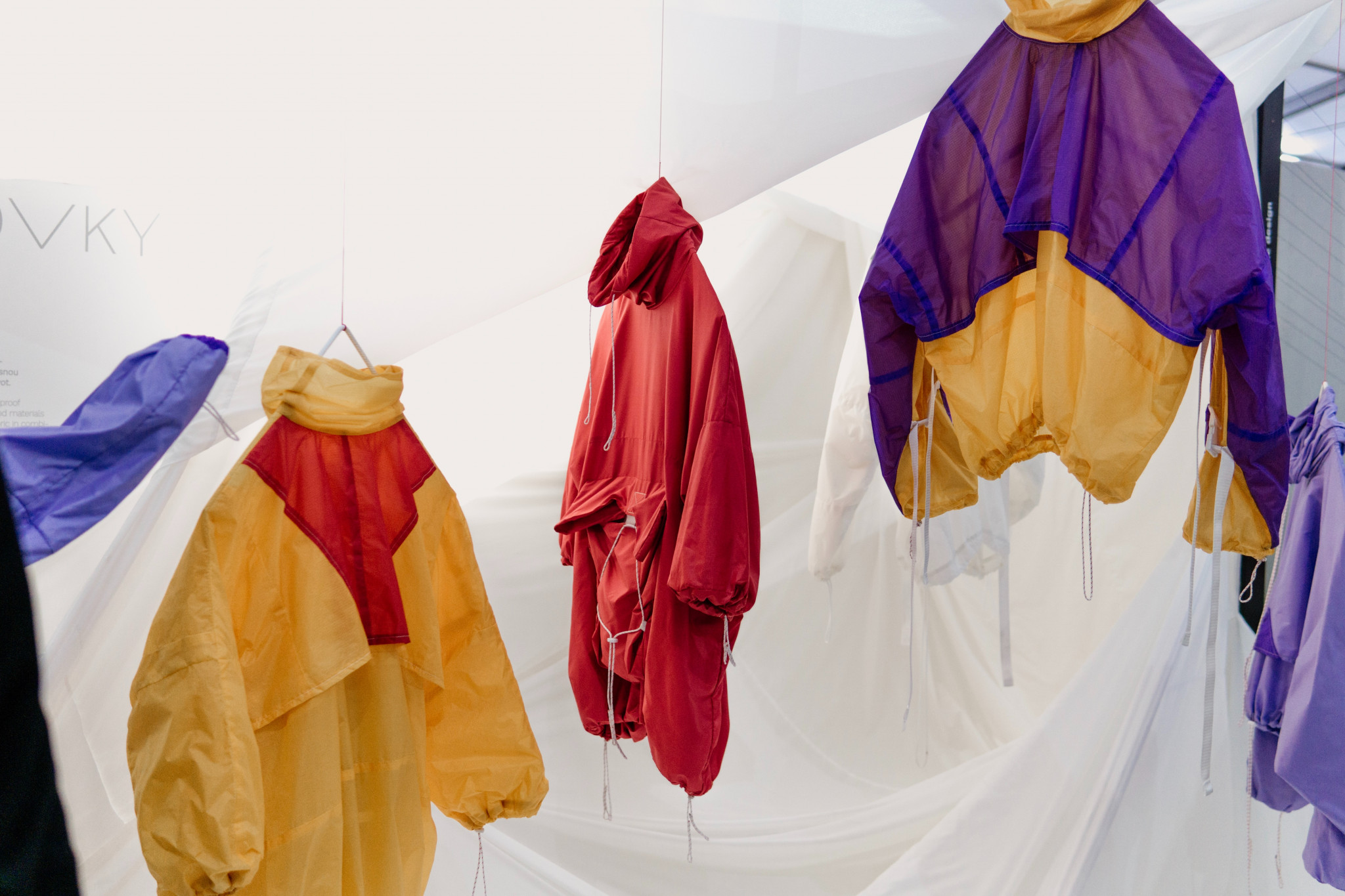In the recent past, consumerism has increased massively beyond sustainable means of production, leading to what we now know as fast fashion. But what is fast fashion and why is it a bad thing?
Coined in the 1990’s by the New York Times in response to a shift in production ethics, fast fashion, as defined, results in poorly made clothing for a low price – often at the expense of labour exploitation, pollution and mass waste. 30 years on, fast fashion pieces make up the majority of all our wardrobes despite how aware we all are of the impacts it has on our planet. So how can we combat fast fashion?

Firstly, we consider the impact of creating clothes.
Jeans, a core piece of many outfits, require vast amounts of water to produce, leading to overconsumption of water and water scarcity in areas local to their production. Even retailers considered “sustainable” or “environmentally ethical” can’t escape the inevitable issues textile production produces.
Levi’s, a well-known retailer, is noted as using eco-friendly and environmental materials, as well as making efforts to cut back water consumption and gas emissions. However, a pair of Levi’s 501 jeans – arguably the most popular product for the American denim company – uses 3,800 litres of water in production of a single pair. So, while roughly 1.1 billion people worldwide have a consistent lack of water, and 2.7 billion people experience at least some scarcity of water within the space of a month – companies are using water in excess to make one pair of jeans. Buying your jeans second hand, or even by picking a pair of jeans that can be used with multiple outfits will save thousands of litres of water per pair.
Another benefit of buying used is cutting demand for new clothing. The use of toxic chemicals in dyeing and finishing fabrics has dire consequences for ecosystems and human health. In 2015, it was reported by The London School of Economics and Political Science found that the global fashion industry produces 1.2 billion tonnes of carbon emissions each year – with a huge contributor of that being unsustainable brands that rely on forced labour to keep prices down.
But this price reduction isn’t even of benefit to the consumer, as fast fashion products often lack durability and quality. To stay competitive in terms of pricing, companies opt for increasingly cheaper materials, attracting a customer base looking for affordable clothing options rather than sustainable ones due to budget constraints.
However, many brands are adopting sustainable practices: using eco-friendly materials, reducing waste, and promoting ethical labour conditions. While this option may not be suited to many consumers, with the cost-of-living crisis impacting many of us – there are many retailers out there that support these goals, such as Lucy and Yak. If buying new items at a slightly higher price point isn’t an option for you – second-hand shopping may be!

Consumers are increasingly turning to second-hand and vintage clothing, reducing the demand for new fast fashion items. Aside from benefiting the environment by limiting consumer demand, it also benefits you and me – I personally love vintage and second-hand shopping and have found pieces in my wardrobe for less than ten pounds that some would pay a hundred for.
Despite its benefits, buying second-hand is often a difficult task – with charity shops not always having the exact thing you’re looking for. If you need something specific and would like to buy second-hand, the Vinted app is a great tool to find affordable items that you can search and filter for. Using this means you can find many of the staples you might want, to avoid buying them from fast fashion retailers.
But what if second-hand or sustainable options aren’t available? Of course, while second-hand shopping is a great, typically affordable resource, there will always come a time where you need something specific, or it may be unsafe to buy second-hand such as underwear and swimwear. In instances like these using fast fashion retailers is pretty much inevitable, but making informed choices on where you shop is very important. Finding the typically “best of a bad bunch” is often all we as the consumer can do. Raising awareness about the true cost of fast fashion empowers consumers to make more informed choices, and means that hopefully, one day, fast fashion will become a thing of the past.
If you are interested in learning more about fast fashion, an anti-fast fashion campaign has been launched by students during November. Keep your eyes out for more events and activities relating to it!
Want to learn more now? Check out our last blog on fast fashion from 2022!
By Halle Mills, SGO Project Officer
 Sustainability
Sustainability Bethany Climpson
Bethany Climpson 888
888



This is a great article, I personally try to avoid fast fashion from the likes of Shein and Temu but I am sure there are other companies that are still pushing this cheap consumerism. I try to educate my peers of this, but am sadly surprised at the apparent lack of interest in sustainability (not to mention the cheap labour and health associated risks to those living in areas of this industry).
Thank you for continuing to raise awareness.
The lack of interest is a continuing issue unfortuantely, which is such a shame considering fashion is something we all engage with every day. I personally assume its due to what a massive topic it is, and that once you know it, you can’t really go back to not knowing, and the way you interact with your clothes changes.
Thanks for reading; we’re glad you enjoyed it!